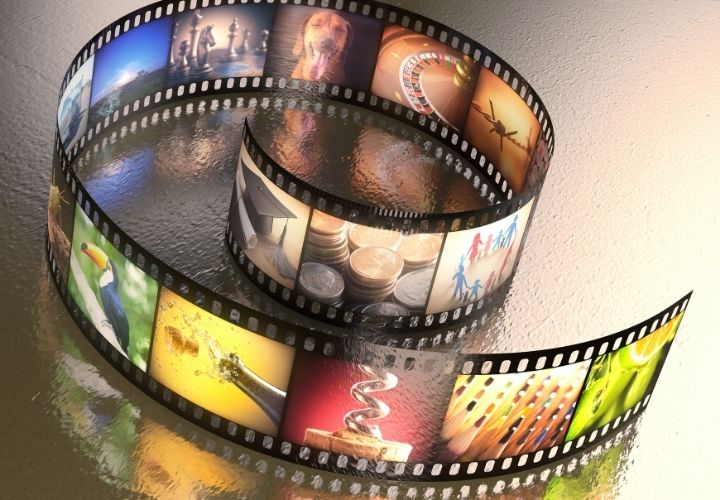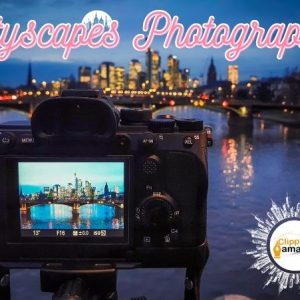The most difficult part of editing an image is trying to find that elusive balance between looking natural and looking professional. Color Correction and Color Grading are two ways to enhance the appearance of an image. Color correction can be defined as a process of adjusting or modifying color images, either in post-production or during image creation. Also, it refers to as “grading” in the context of the film.
Color correction is the process of adjusting the colors in a photo to bring out the colors in the photo that may not be evident in the original capture. This includes the color of the sky, people, objects, etc. On the other hand, Color correction allows you to tweak colors to increase contrast, brightness, or saturation. It’s also used to correct exposure, white balance, and shadows, all of which are essential when taking a picture.
What is color correction vs color grading?
Color correction and color grading are both types of post-production techniques for enhancing images. But the two processes use different approaches to achieve the same result. Let’s take a look at each term individually and how they differ.
Color Correction:

In color correction, the photographer or filmmaker uses software to correct the colors in the photo or video. This can be done with a tool that edits all of the colors in one shot.
Color Grading:

Color grading involves adjusting the color in an image or video over time, to achieve a specific look. It’s generally used to manipulate the color values in a photograph or video. It is also used to match the color palette of a film.
Examples of Color Correction:
When it comes to photography, color correction is just as important as taking the picture itself. Here are the examples-
E-Commerce or Product Photography:

E-Commerce photography is a good example of color correction. Products with an aesthetic aspect need to capture in a flattering way. They have to correct to set expectations. The customers have a right to know what they paid for. By applying color correction to the images that businesses use for their e-commerce, marketing materials, and product pages, customers can be assured that the products they are interested in will look just like the ones used in these assets.
Color correction can make images look better. It is a great way to make your product photos look more professional.
Portrait Photography:
Portrait photography needs a keen eye for color correction. Poor camera settings and studio lights can make black hair look dull. Great photos can look dull if the shot makes great teeth look more yellow than white or if a zit flares up on a certain day. If you color correct the small details in a portrait photo, you can give it a boost of confidence.

A good photographer should know the basic techniques of color correction. If you are new to photography, you can ask someone else to show you how to do it. After that, you will find that you can get good results from simple changes.
Examples of Color Grading:

Like color correction, Color grading is the use of color to improve the quality of an image or video. here are the examples-
Film:
There are many reasons why a professional editor would use color grading in a video. Some of them are to add a creative element and add visual interest to a project. And others are purely practical. Ther are using color grading to hide visual problems or to remove distracting elements (such as bad lighting, distracting background noise, etc.).
When you think about how color grading affects the final cut of your video, there are three major points. The first is the actual color correction of the scene or shot. The second is the mood that the color creates within the frame. The third is the style of the color. Also, there are a lot of ways that you can manipulate colors in your video. But for the most part, there are two main categories: warm colors (red, orange, yellow, etc.) and cool colors (blue, green, cyan, etc.). These are just general terms to give you a guideline of how color can affect the final product.
Product Photography in Advertising:
Color grading is a process by which colors in photographs are modified to improve the appearance of objects or people in them. In product photography, color grading can help to modify skin tone, change color temperature, or brighten up a dull image. It can also help to eliminate distracting items or light sources in the background. This makes the image more appealing.
Unlike e-commerce, which requires you to showcase exactly what the customer will get. Examples of color grading in advertising can be used to tell a story. Images of food are exposed to high saturation and warmer color. Deep oranges, reds, and yellows evoke feelings of hunger and excitement. Color grading is using to tell a story about a new release while balancing it out to present products accurately. And also as true to color as possible.
We hope this short guide to differentiating color grading from color correction. So, it will help you apply post-processing edits to your photos and breathe new life into old ones.
So, don’t miss the opportunity to improve your images by enlisting experts at image enhancement companies who can enhance your photos for you.
If you are a professional or hobbyist photographer, you should use photo editing services while you are learning the ropes of post-processing. In the meantime, you can still deliver for your clients. And you’ll have the experience to be able to do great work for them. Clipping Amazon is a professional photo editing company. If you want you can hire us for your better result of photos. We serve our services at a very friendly cost. Also, we are providing a Free Trial for our new clients.




